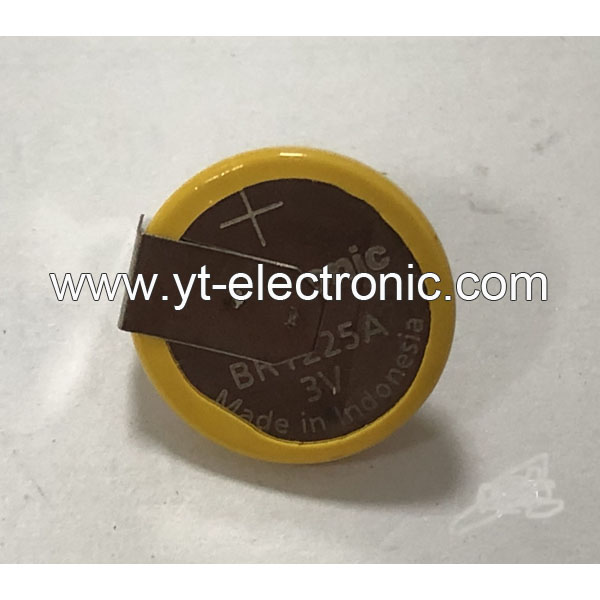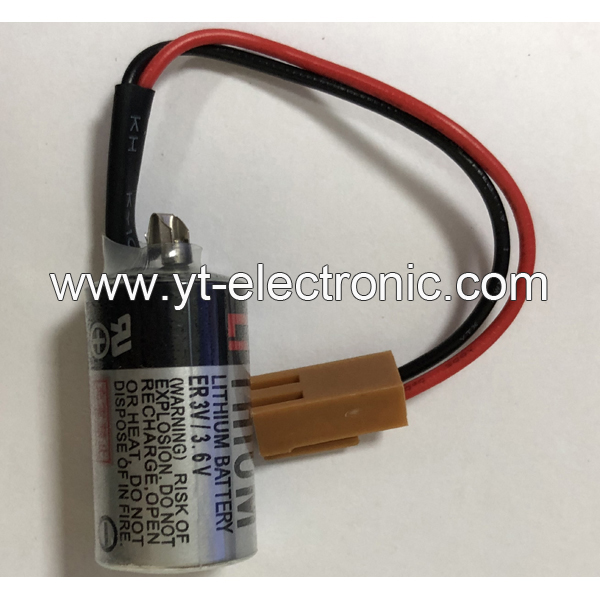Battery Products
1.What are the Core Components of Battery Products?
Cell: As the basic unit of the battery, it is composed of a positive electrode, a negative electrode, a separator and an electrolyte, providing a voltage output of 3V-4V. The materials include lithium-ion, nickel metal hydride or lead acid, etc.
Batteries: It is composed of multiple cells connected in series/parallel to increase voltage or capacity, such as 12V modules or high-capacity combinations.
Battery Pack: It is integrated by a battery pack and equipped with a battery management system (BMS) to form a product that can be directly applied, such as an electric vehicle lithium battery pack.
2. What are the Packaging Types of Battery Products?
Hardshell packaging: It uses steel/aluminum materials and is divided into cylindrical (high production efficiency) and square (compact structure).
Soft package packaging: It uses aluminum-plastic film, which has the advantages of lightweight and high energy density, but the degree of automation is low.
Supercapacitor: It is between batteries and traditional capacitors, supports fast charging and discharging, and has a long cycle life, and is suitable for high-power scenarios.
3. What are the Technical Features of Battery Products?
Patented technology: such as heating connector design, optimizing thermal management of battery box and external environment.
Material innovation: Graphene electrodes improve conductivity, and ionic liquid electrolytes enhance stability.
Process differences: The cylindrical winding process is highly efficient, and the square stacking process is suitable for soft-pack batteries.
4. What are Battery Products Used for?
Consumer electronics: mobile power supplies, smart devices, etc..
Industry and transportation: electric vehicle power batteries, energy storage systems and outdoor equipment (such as garden tools).
Emerging fields: high-power demand scenarios such as grid regulation and robots.
5. The Industry standards and compliance requirements of Battery Products
Safety certification: Cross-border e-commerce needs to provide IEC/EN62133 or UL2054/UL1642 certification and temperature test reports.
MSDS file: Lithium batteries must include component data, hazardous materials classification and emergency disposal plans to ensure safe transportation and use.
International Standards: Following the GHS standards, each country should issue SDS documents (such as EU REACH, China GB/T 16483).
6.The Challenges and Development Directions of Battery Products
Energy density improvement: Supercapacitors need to break through the bottleneck of low energy density.
Cost and consistency: Soft-pack batteries rely on imported aluminum-plastic films, and production consistency needs to be improved.
Environmental protection needs: Promote the research and development of green technologies such as cobalt-free batteries and solid electrolytes.
7. Battery Products FAQs
1) Whether the Temperature Affects the Life of the Battery Products?
Yes. High or low-temperature environments may affect battery performance. It is recommended to avoid charging or discharging at extreme temperatures.
Some batteries have low/high-temperature protection functions:
When charging: Charging stops automatically when the temperature is below 0°C or above 55°C.
When discharging: Discharging stops when the temperature is below –10°C or above 55°C.
2) What are the Precautions When Charging with Battery Products?
Using the original charger can optimize charging efficiency and extend battery life.
When using a new battery for the first time, it is recommended to fully charge and discharge to activate battery performance (applicable to some models).
3) How to Maintain the Battery Products?
Regularly cleaning the internal blockages of the device (such as vacuum cleaner filters) can improve battery efficiency.
When storing the battery for a long time, keep the power at 30%-50% to slow down aging.
4) How to Troubleshoot Battery Products?
If the battery is abnormally hot or cannot be charged, it is recommended to contact the official after-sales service for inspection.
Some batteries support remote positioning function (such as mobile phone batteries), which is convenient for tracking when the device is lost.





